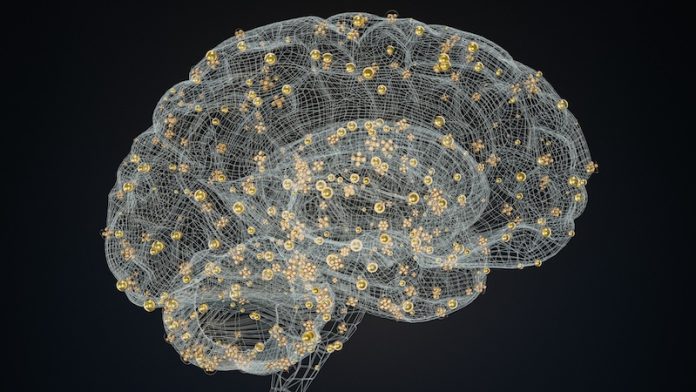
Chemicals known as PFAS, or per- and polyfluoroalkyl substances, have been used in products like waterproof clothing, non-stick cookware, food packaging, and firefighting foam for decades. These “forever chemicals” don’t break down easily in the environment, so they stay in water, soil, animals, and even the human body for a long time.
Some PFAS have been linked to serious health problems, including cancer and developmental delays. Because of this, governments have started phasing out older, long-chain PFAS and replacing them with newer, short-chain versions that were believed to be safer.
One of these newer chemicals is PFHxA, or perfluorohexanoic acid. It has a shorter chain of molecules than older PFAS chemicals and was assumed to be less dangerous. But a new study from the University of Rochester challenges that idea. Researchers found that PFHxA may still affect brain development, at least in male mice.
In this study, scientists at the Del Monte Institute for Neuroscience gave pregnant and nursing female mice small doses of PFHxA through mealworms, a treat the mice ate during pregnancy and while feeding their babies. This is how the baby mice were exposed to PFHxA—through the womb and then through their mother’s milk.
As the young mice grew up, researchers noticed something concerning. Male mice that had been exposed to PFHxA during early development showed mild but noticeable changes in behavior. They were less active, seemed more anxious, and had problems with memory. Interestingly, the female mice exposed to the same chemical in the same way did not show these problems.
While the effects weren’t severe, they were significant enough to raise concerns. Ania Majewska, the senior author of the study, pointed out that many brain-related developmental disorders, such as autism and ADHD, are more common in males.
This male-specific reaction to PFHxA may reflect a broader pattern of how male brains are more vulnerable to environmental harm during early development.
Elizabeth Plunk, the lead author of the paper, said the results are worrying because PFHxA is supposed to be a safer replacement for older, long-chain PFAS. The fact that it may affect brain development shows that we still have a lot to learn about how these newer chemicals work in the body. The research was published in the European Journal of Neuroscience.
The researchers followed the mice into adulthood and found that the changes in behavior lasted even after the exposure to PFHxA had stopped. This suggests that the chemical might be affecting how the brain develops in a lasting way—not just temporarily.
Majewska said more research is needed to find out exactly how PFHxA affects brain cells. Future studies should look closely at which parts of the brain are affected and how the chemical changes brain function at the cellular level. This could help explain the specific issues with movement, memory, and emotional reactions seen in the exposed mice.
Even though PFHxA has a shorter chain than other PFAS, it still lingers in the environment, especially in water. Because of this, the European Union decided to restrict its use in 2024. That same year, the U.S. Environmental Protection Agency also introduced its first nationwide limits on PFAS in drinking water, aiming to protect people from exposure.
PFAS chemicals are powerful because they repel water, grease, and stains, which is why they’ve been so widely used. But their ability to stay in the environment and the body makes them a serious concern. Studies have already linked PFAS to kidney cancer, hormone problems, and developmental delays in babies.
This new research adds to growing evidence that even short-chain PFAS like PFHxA may not be as safe as once believed. It also raises questions about whether current regulations go far enough in protecting vulnerable groups, especially developing children.
The findings highlight the importance of testing these replacement chemicals more thoroughly before considering them safe for use in everyday products.
If you care about Alzheimer’s disease, please read studies about the protective power of dietary antioxidants against Alzheimer’s, and eating habits linked to higher Alzheimer’s risk.
For more health information, please see recent studies that oral cannabis extract may help reduce Alzheimer’s symptoms, and Vitamin E may help prevent Parkinson’s disease.
The research findings can be found in the European Journal of Neuroscience.
Copyright © 2025 Knowridge Science Report. All rights reserved.



